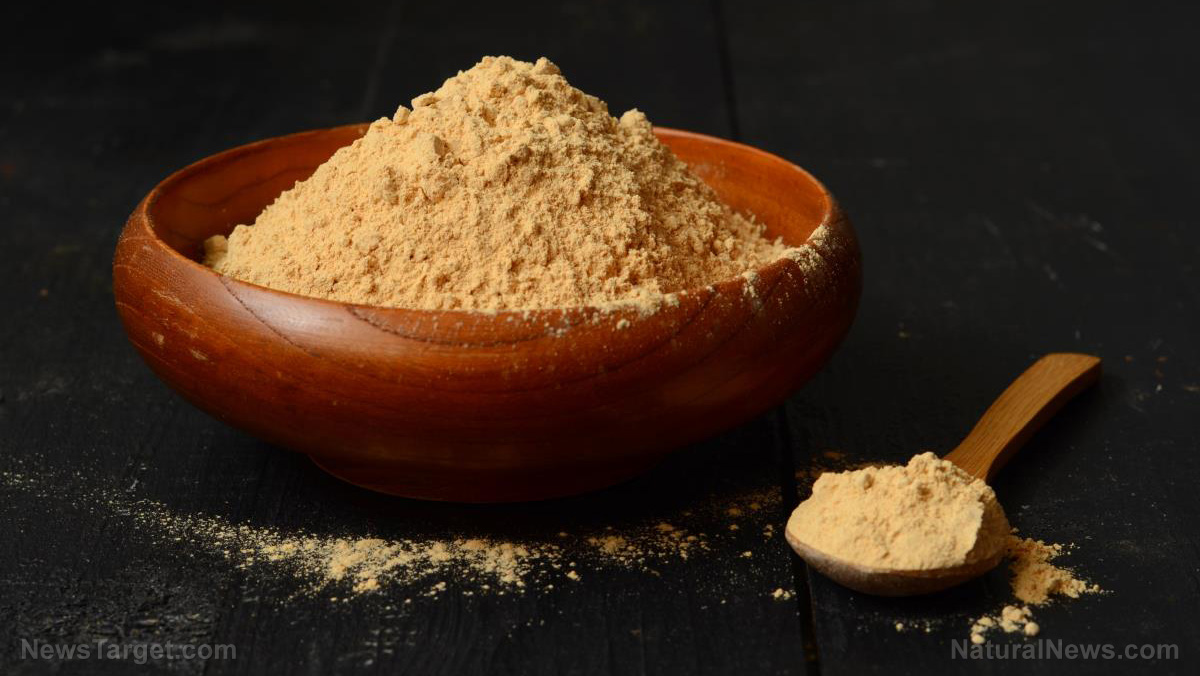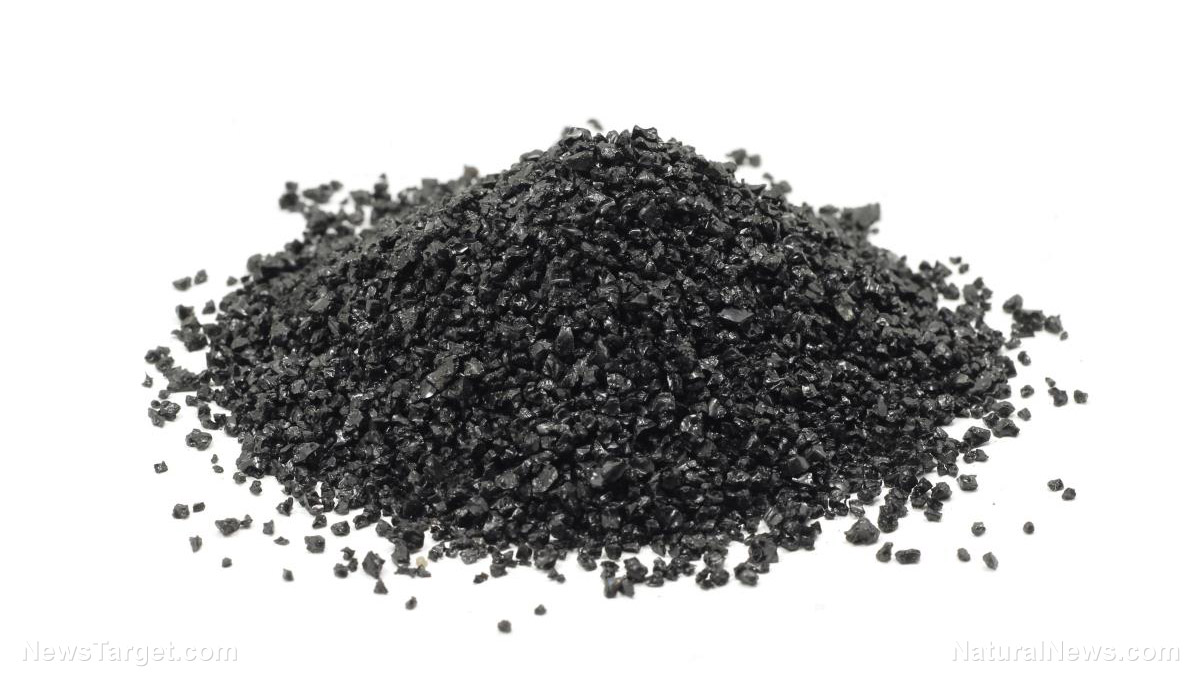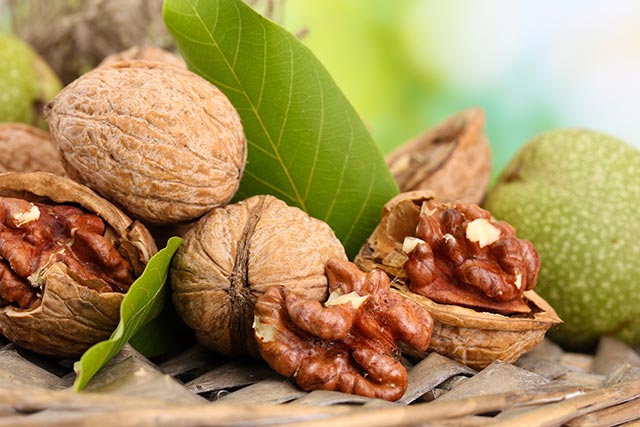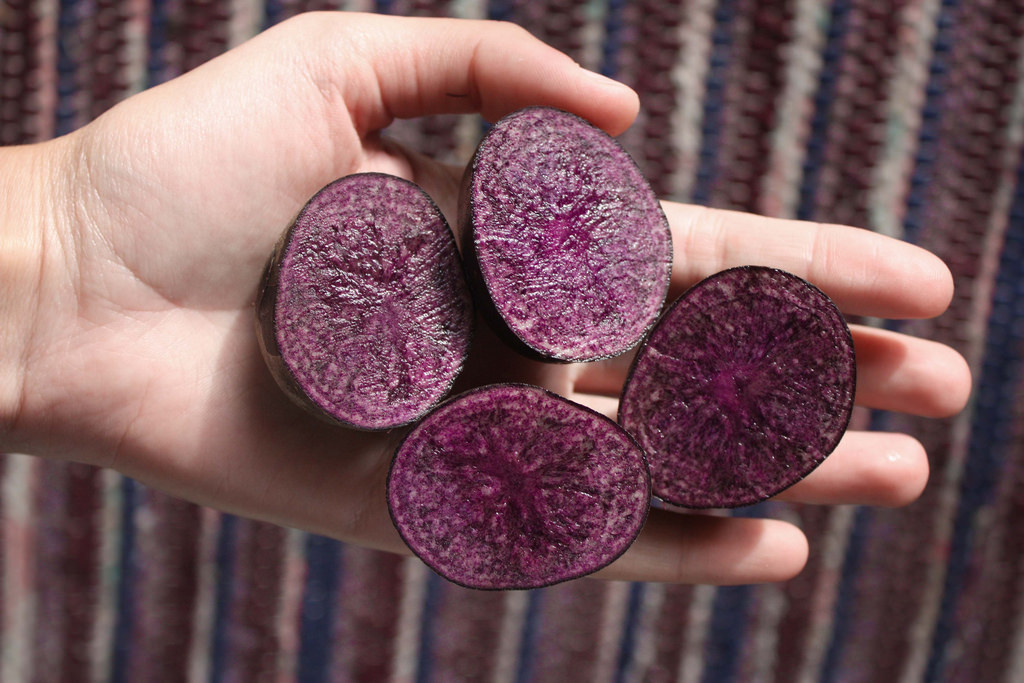Plantar warts on your feet can be easily treated with tea tree oil
09/29/2018 / By Michelle Simmons

Tea tree oil has many uses, and one of these is to remove plantar warts. Plantar warts are painful growths on the underside of the foot caused by the human papillomavirus (HPV). The virus enters the body through a small cut or scrape, which can result in plantar warts in some people. Plantar warts can grow deeply into the foot, causing pain when pressure is applied, especially when walking. The wart can be irritated or inflamed, or it can turn into a brownish-black color. Standard treatment for plantar warts involves freezing the wart and letting it die, or cutting out the wart completely all the way down to the core through an extremely painful surgery. If you want to opt out of getting a surgery, try treating plantar warts naturally first. Follow these steps to remove plantar warts using tea tree oil:
- Wash the affected area carefully. In a warm foot bath with Epsom salts, soak the foot for a minimum of 20 minutes. It is ideal to do this before bedtime.
- Then, dry the foot and assess the plantar wart. If it is infected, do not use tea tree oil and seek professional medical help. If not, processed to the next step.
- Get a small cotton and soak it with tea tree oil. Dab the now soaked cotton to the plantar wart, then tape the cotton to the plantar wart with a bandaid or with a surgical tape over gauze.
- Using a clean cotton sock, cover the bandage. Go directly to bed and avoid walking with the bandage on.
- Repeat the process for one to two weeks. You can apply tea tree oil more than once a day if necessary.
Other skin conditions treated by tea tree oil
In addition to plantar warts, there are many skin conditions that can be treated by using tea tree oil. (Related: Tea tree oil is a mini medicine cabinet in a bottle.) Here are some of them:
100% organic essential oil sets now available for your home and personal care, including Rosemary, Oregano, Eucalyptus, Tea Tree, Clary Sage and more, all 100% organic and laboratory tested for safety. A multitude of uses, from stress reduction to topical first aid. See the complete listing here, and help support this news site.
- Acne: One of the popular uses of tea tree oil is to treat acne. Because of its anti-inflammatory and antimicrobial properties, it can reduce redness, swelling, and inflammation. Moreover, it may help prevent and lessen acne scars.
- Dry skin and eczema: Tea tree oil reduces itching and irritation, soothing dry skin. Research has also shown that it is more effective than zinc oxide and clobetasone butyrate creams in treating eczema.
- Oily skin: Tea tree oil contains antiseptic properties that may contribute to its ability to treat oily skin.
- Infections, cuts, and wounds: This essential oil is considered an effective wound healer — thanks to its antibacterial properties.
- Inflamed skin: Tea tree oil can help relieve inflamed skin because of its anti-inflammatory properties. It can also reduce redness and swelling and relieve painful and irritated skin.
- Itchy skin: This essential oil contains anti-inflammatory properties that make it a great remedy for relieving discomfort due to itchy skin. Tea tree oil soothes the skin and helps fight infections that cause itchy skin.
Keep in mind that tea tree oil should be used with the following precautions:
- Do not apply tea tree oil directly to the skin. Dilute it with a carrier oil like olive oil, coconut oil, or almond oil. For every one to two drops of tea tree oil, add 12 drops of carrier oil.
- Do a patch test before using tea tree oil to make sure that your skin does not react to the oil.
- Be careful when using tea tree oil around the eye area as it may cause redness and irritation.
Read more news stories and studies on tea tree oil and other essential oils by going to EssentialOils.news.
Sources include:
Tagged Under: alternative medicine, essential oils, natural cures, natural remedies, Natural Treatments, plantar warts, Tea Tree, Tea Tree Oil, warts




















